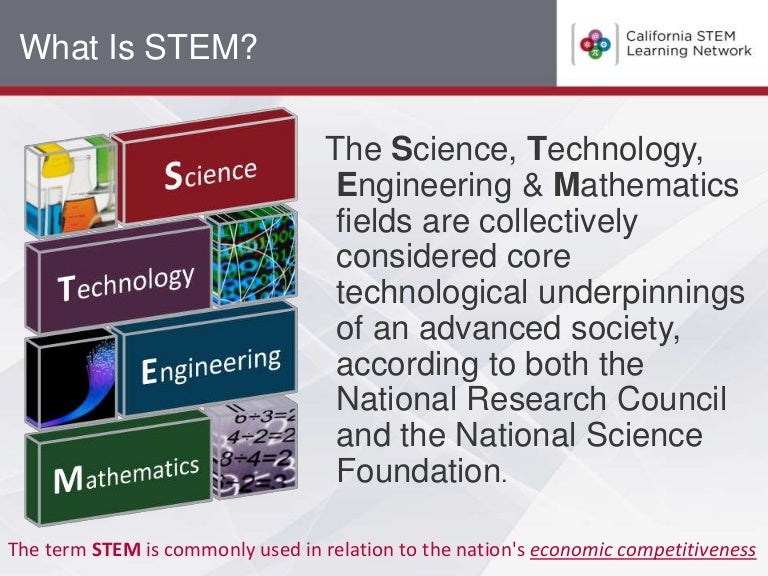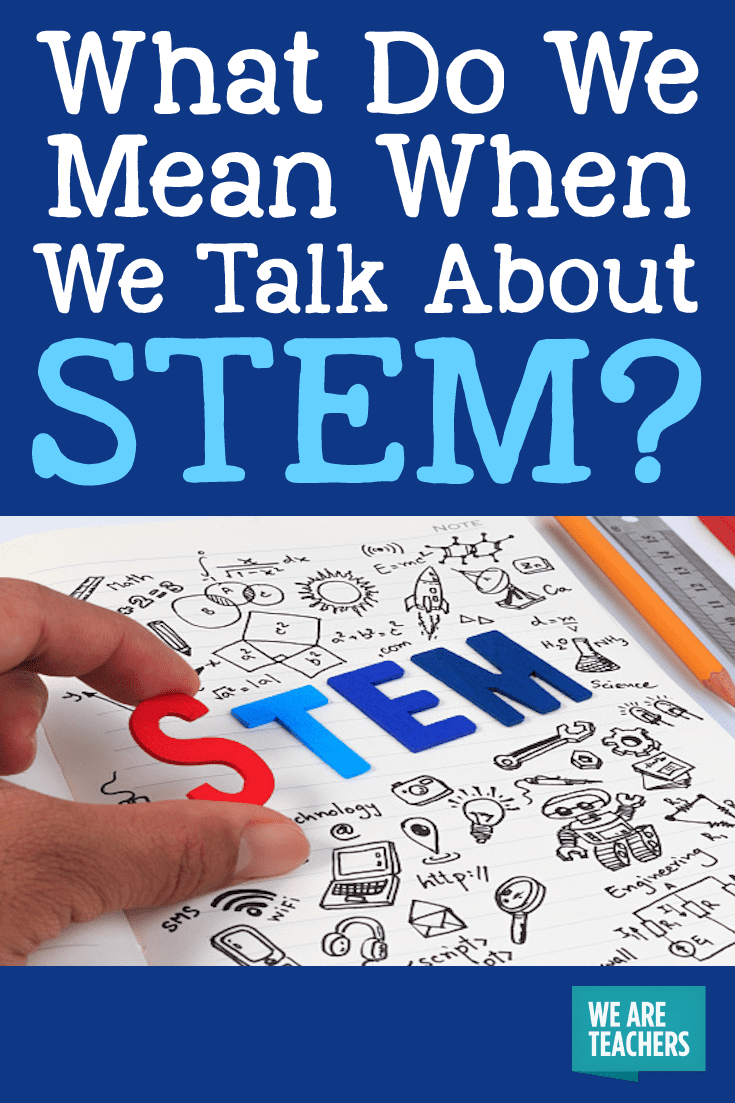

Great STEM activities focus on science, technology, engineering, and math. Whether in the successes or learning through failures, STEM projects push kids to expand their horizons, experiment, problem-solve, and accept failure as a means to success. You might also like: Learn about Famous Women in STEM


It emphasizes creativity, critical thinking, and the ability to communicate and present ideas effectively.īy introducing kids to STEM at an early age (even in preschool and kindergarten), educators and parents hope to foster an interest in these fields and encourage the pursuit of STEM-related careers. STEM education also promotes a mindset of lifelong learning, which are valuable in any area of life. STEM education typically involves interactive and collaborative activities through elementary and middle school, such as building models, conducting experiments, programming robots, designing and testing prototypes, and engaging in teamwork.
#STEM MEANING SCIENCE CODE#
Start with screen-free coding activities such as algorithms and binary code as an early introduction to computer science.Įngineering activities help them understand the design and construction of structures, machines, and systems. Mathematics is integrated into STEM education to develop logical thinking, data analysis, and quantitative reasoning skills. They learn about technology by using digital tools and exploring coding concepts. In STEM education, kids are encouraged to explore and understand science principles through experiments and observations. It encourages hands-on, inquiry-based learning experiences that engage kids in real-world problem-solving and experimentation. STEM education aims to prepare kids for the rapidly evolving world by equipping them with the knowledge and skills required to succeed in fields related to science, technology, engineering, and mathematics. It is designed to promote the development of critical thinking, problem-solving skills, creativity, and collaboration in kids from an early age. STEM education refers to an approach to learning that focuses on four key areas: Science, Technology, Engineering, and Mathematics.


 0 kommentar(er)
0 kommentar(er)
